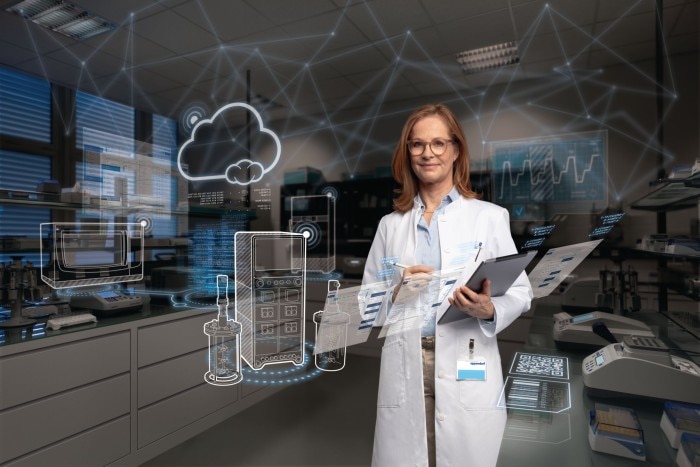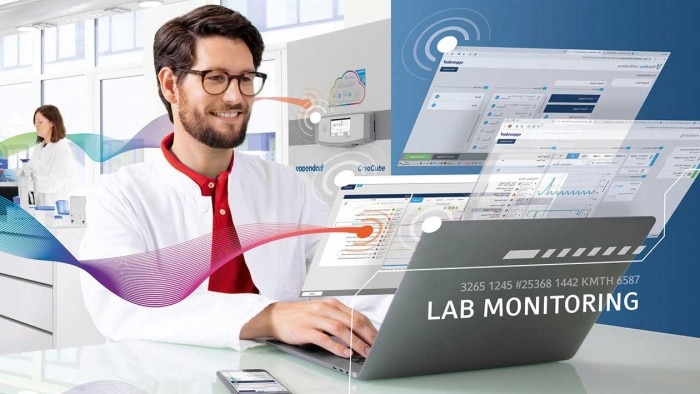メニュー
JP | JPY
-
-
-
- Challenges and Chances: A Review of the 1st Stem Cell Community Day
- Summertime, and the Livin’ Is Easy…
- Follow-on-Biologics – More than Simple Generics
- Bacteria Versus Body Cells: A 1:1 Tie
- Behind the Crime Scene: How Biological Traces Can Help to Convict Offenders
- Every 3 Seconds Someone in the World Is Affected by Alzheimer's
- HIV – It’s Still Not Under Control…
- How Many Will Be Convicted This Time?
- Malaria – the Battle is Not Lost
- Physicians on Standby: The Annual Flu Season Can Be Serious
- At the Forefront in Fighting Cancer
- Molecular Motors: Think Small and yet Smaller Again…
- Liquid Biopsy: Novel Methods May Ease Cancer Detection and Therapy
- They Are Invisible, Sneaky and Disgusting – But Today It’s Their Special Day!
- How Many Cells Are in Your Body? Probably More Than You Think!
- What You Need to Know about Antibiotic Resistance – Findings, Facts and Good Intentions
- Why Do Old Men Have Big Ears?
- The Condemned Live Longer: A Potential Paradigm Shift in Genetics
- From Research to Commerce
- Chronobiology – How the Cold Seasons Influence Our Biorhythms
- Taskforce Microbots: Targeted Treatment from Inside the Body
- Eyes on Cancer Therapy
-
-
-
-
-
- Challenges and Chances: A Review of the 1st Stem Cell Community Day
- Summertime, and the Livin’ Is Easy…
- Follow-on-Biologics – More than Simple Generics
- Bacteria Versus Body Cells: A 1:1 Tie
- Behind the Crime Scene: How Biological Traces Can Help to Convict Offenders
- Every 3 Seconds Someone in the World Is Affected by Alzheimer's
- HIV – It’s Still Not Under Control…
- How Many Will Be Convicted This Time?
- Malaria – the Battle is Not Lost
- Physicians on Standby: The Annual Flu Season Can Be Serious
- At the Forefront in Fighting Cancer
- Molecular Motors: Think Small and yet Smaller Again…
- Liquid Biopsy: Novel Methods May Ease Cancer Detection and Therapy
- They Are Invisible, Sneaky and Disgusting – But Today It’s Their Special Day!
- How Many Cells Are in Your Body? Probably More Than You Think!
- What You Need to Know about Antibiotic Resistance – Findings, Facts and Good Intentions
- Why Do Old Men Have Big Ears?
- The Condemned Live Longer: A Potential Paradigm Shift in Genetics
- From Research to Commerce
- Chronobiology – How the Cold Seasons Influence Our Biorhythms
- Taskforce Microbots: Targeted Treatment from Inside the Body
- Eyes on Cancer Therapy
-
-
JP | JPY

What does the future of research look like?
生命科学の探究
- 実験室の日常
- 効率
- デジタルラボソリューション
- 自動化
- エッセー
- 心を動かすサイエンス
- 実験室の日常
In many areas of life, there are high hopes and expectations for far-reaching developments and innovation in the future. But what does this mean for the researchers who are seeking to realize these aims? What will be the discoveries that help scientists deliver these new breakthroughs?
The advent of AI is making it easier to translate this vast amount of data into results faster and more efficiently. But it’s not just the data handling that’s changing. We’re currently seeing the digitization of the life science lab as a whole, for example through the use of cloud-based electronic lab journals, instrument control, and inventory management. At Eppendorf, we’re working hard to support scientists with these applications through our VisioNize® and eLAB TM offerings.
もっと読む
表示を減らす
Another trend of the future of research that will inevitably continue is lab automation. In today’s labs, automation is still mostly associated with repetitive, high-throughput tasks, but as machines and software get smarter and the role of AI is expanding, it will also become possible to use automation in research tasks that require adjustments based on initial results.
もっと読む
表示を減らす

Communication and connectivity is another big factor in the lab of the future. The world is getting smaller and for scientists working in the developed world it may sometimes seem that there are no limits to sharing information and crossing borders in research. However, this is not necessarily the case across the entire world. Improvements in connectivity, not just between well connected labs but also from remote areas of the world, will be a key aspect for many life science researchers – even those that don’t work in the field.
もっと読む
表示を減らす
And what other areas will define the lab, or researcher, of tomorrow? It has been suggested that introducing gamification and game theory elements will contribute to the research of the future. Then again, maybe the next big thing will come from somewhere nobody expects.
もっと読む
表示を減らす
In the last 75 years, we at Eppendorf have been leading the way in applying the latest technologies to support the scientists of tomorrow. You can see this in one of our core areas – pipetting – where we support automation through our epMotion® automated liquid handling systems, place user ergonomics at the center with our PhysioCare concept, and improve connectivity with our new connected pipette.
もっと読む
表示を減らす
But we haven’t stopped there. We’ve also teamed up with other companies in the smartLAB collaboration to work on new digital solutions for labs worldwide. Our VisioNize® and eLAB TM offering helps scientists digitize lab tasks that are often done manually, such as equipment control, inventory management, and lab journal writing – thereby helping labs to become connected, paperless, and ready for the future.
もっと読む
表示を減らす
And for as far as we can see into the future, we’ll continue to develop and innovate. Because helping scientists to make their breakthroughs is what we go to work for.
もっと読む
表示を減らす
